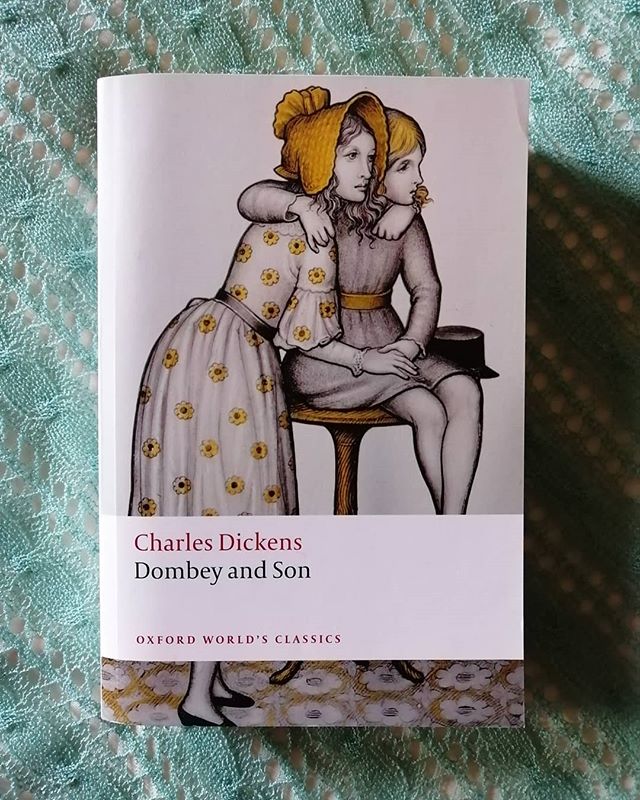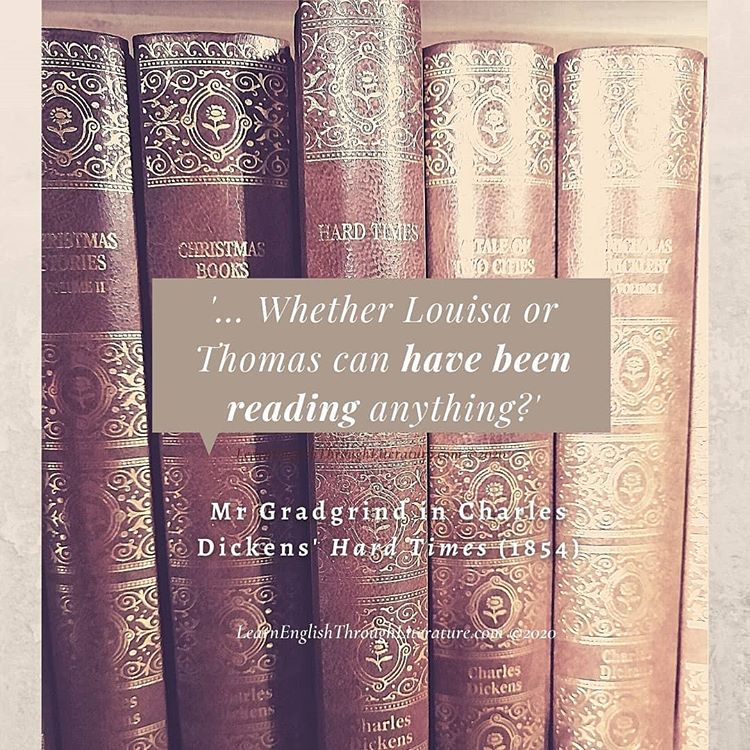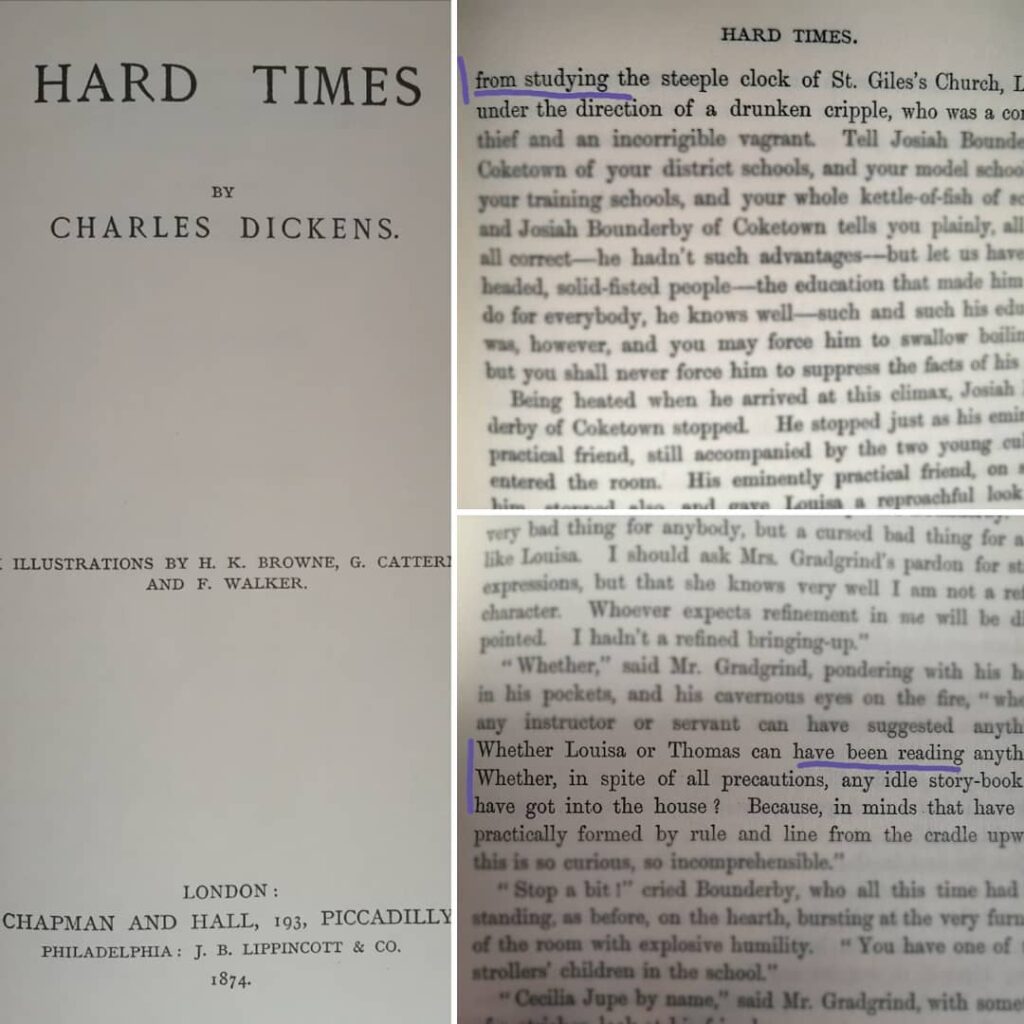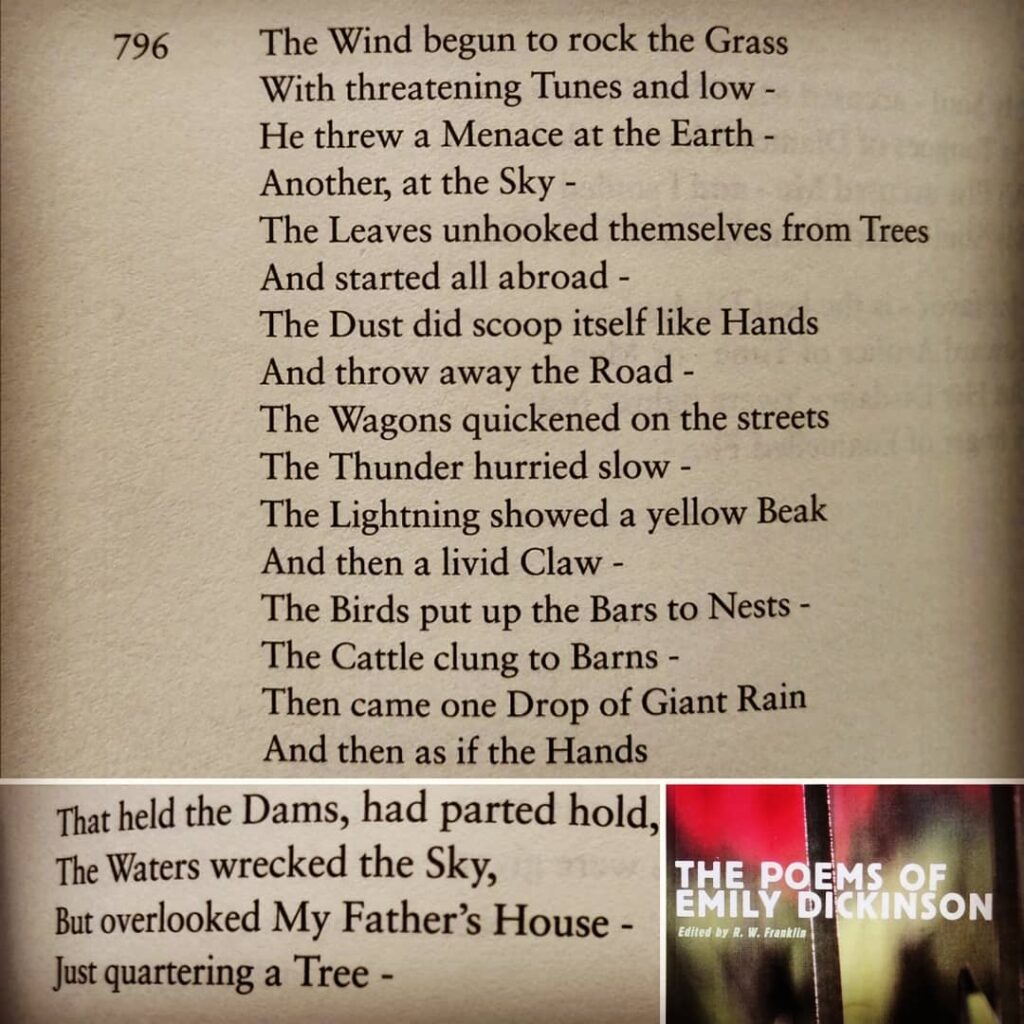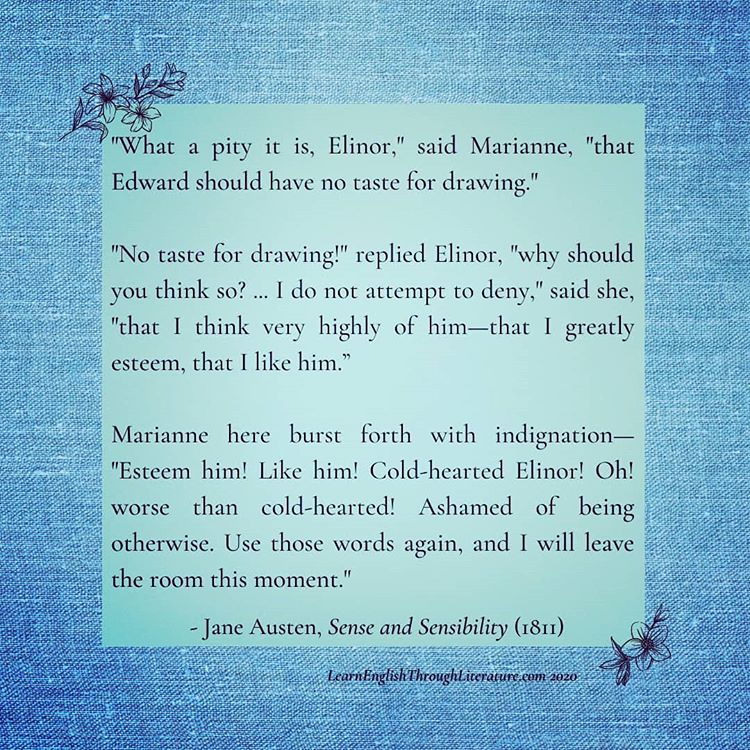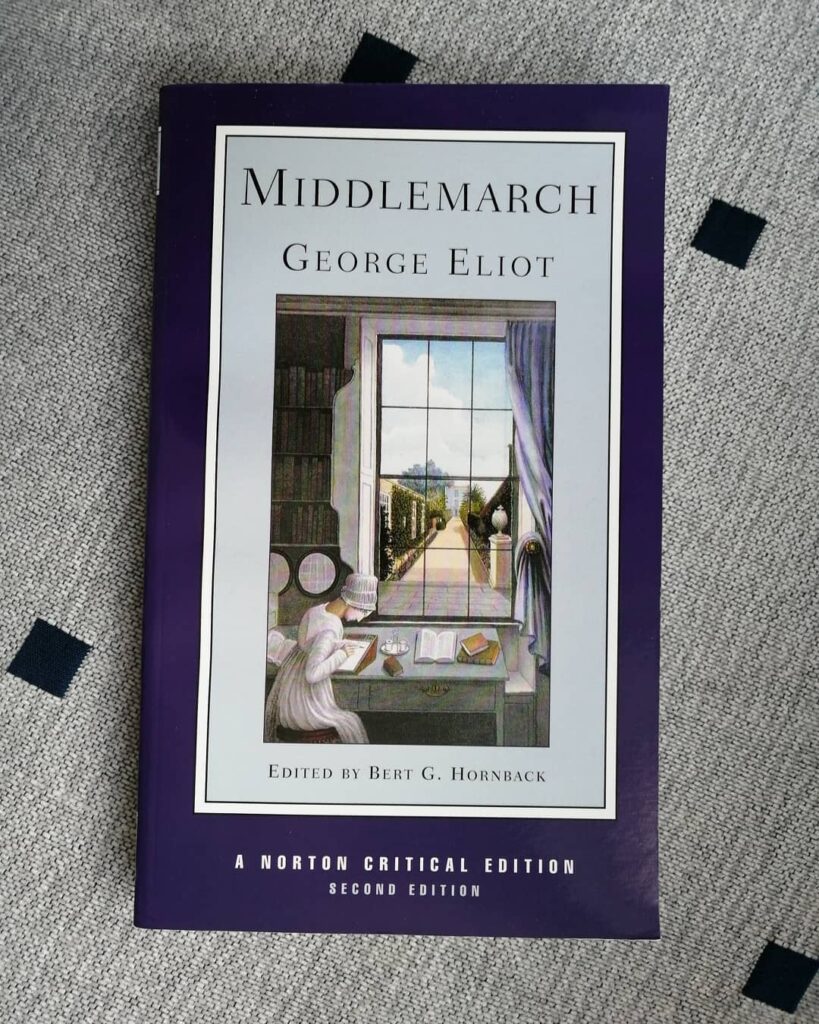Lesson #128: Understanding Essential And Non-Essential Clauses Through Dickens’ ‘Dombey And Son’ (Part 2)
Here we will look at a paragraph from Dombey and Son that illustrates how many ‘NON-ESSENTIAL CLAUSES’ (defined in the last post) Dickens tended to use. ✍️ By including such essential or non-essential clauses in your writing, you are discreetly REINFORCING or even INTRODUCING information that would otherwise ‘clutter’ your writing, and you are doing it in […]


